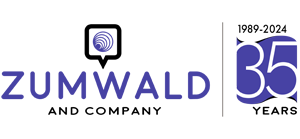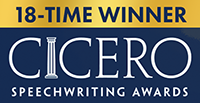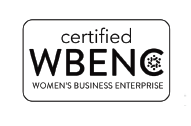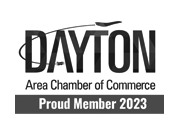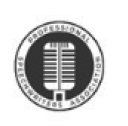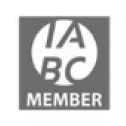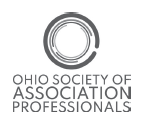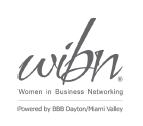Good public speaking starts and ends with this
“What Matters in Speech?” is a talk given way back in 1921 by Henrietta Prentiss, then a passionate teacher of speech at Hunter College in New York City.
Prentiss answers her own question, “What Matters in Speech?” rather directly in her remarks about good public speaking:
“The first thing … is my identification with my audience; that a circle of association should be set up with you as the stimulus or beginning point for my mind’s activity, and you as the object or end toward which that activity is directed.”

This century-old wisdom from Prentiss – who went on to become the first woman to serve as president of the National Communication Association in 1932 – is telling.
And today, it begs more questions about good public speaking.
So ask yourself:
- When I have to write and deliver a speech, are my first words establishing “a circle of association” with my audience?
- Is my audience “the stimulus or beginning point” for me as I craft my opening lines?
- Do I direct the start of my speech toward “the object or end” – namely, the people who are coming to hear me speak?
Scholars say Prentiss was ahead of her time.
That’s because she shared keen insights about good public speaking long before we had “any enduring and significant framework for describing, interpreting and evaluating communication,” wrote Judith S. Trent, a professor of communication at the University of Cincinnati, in “Review of Communication,” the journal of the National Communication Association.
In her 1921 talk, Prentiss continued reflecting on precisely why a speaker needs to say something that identifies with “you,” the audience:
“You provide the impression which liberates my processes of thought … and you provide the focus toward which I direct my expression. So I become for a time an integral part of you … This circle of association … unites.”
Such early wisdom from Prentiss on the first thing that matters in speech – saying something that your audience will immediately identify with and thus take notice of – is still true today.
So when it comes to good public speaking, here’s the question:
When you write and deliver a speech, what are you saying – first thing, right upfront – to identify with your audience?
To create a circle of association that unites, as Prentiss says?
Go back to the last speech you gave.
- Did you carefully craft an innovative opening – with purpose and intention?
- Did your opening command attention and resonate with the people who came to hear you speak?
- How do you know?
The next time you speak, do the first thing that matters in speech, according to the historic wisdom of Prentiss:
Identify with your audience – the people who provide “the focus toward which you direct your expression.”
Because good public speaking starts and ends with the audience.
